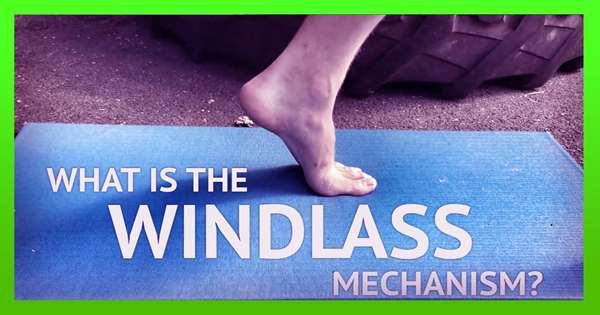Victorian England was horrified by the story of “Spring-Hill Jack”, whose shoes were identified as the reason for his ability to jump walls up to 2.7 meters (9 feet) for some unknown device. Advertising for sports-wear advises that buying their products gives you an edge, with a recent pair of running shoes trials leading to the question of whether something should allow it.
They offer a spring exoskeleton that saves any runner more energy and catapults them on their way. Amanda Sutrisno, a PhD student at Vanderbilt University, and supervisor Dr. David Bran, of course, has big dreams, although it is unlikely that anyone will allow their device to the Olympics. In some ways the idea is better than runners like bicycles or roller skates, reducing the energy lost between the legs and the ground, but it will be less affected by the unevenness.
Sutirisno and Bran modeled this concept in enough detail to win publications on the advancement of science. Their model allows wind-resistance and reduced strength when the footfalls to the ground.
The concept is still theoretical. You can’t just buy it in a store, not even a tested prototype. A 100-meter champion can catch their equivalent portion at about the 68-meter mark and is able to easily win the cruise. It would take more time for Olympic runners to accelerate using springs, the authors found, giving someone with equal qualifications enough early lead without a fountain. Incidentally, the springs reach their wearers at speeds up to 1.5 times faster than without them.
Holding a gold medal holder over 100 meters can be difficult for ordinary mortals, even if the fountain facility is provided, the long run can be a different matter. Since part of the spring effect is to extend a wide length, like running over the moon, the long jump will probably have to be steep to win. Unfortunately, we are not yet ready to start the production of such devices. As part of their calculations, Sutrisno and Brown worked on the hardness and strength required for such a fountain. The existing carbon fiber is the closest, but still does not make the grade, so if we shrink to make the dream come true we will be able to save more energy for a new generation.















